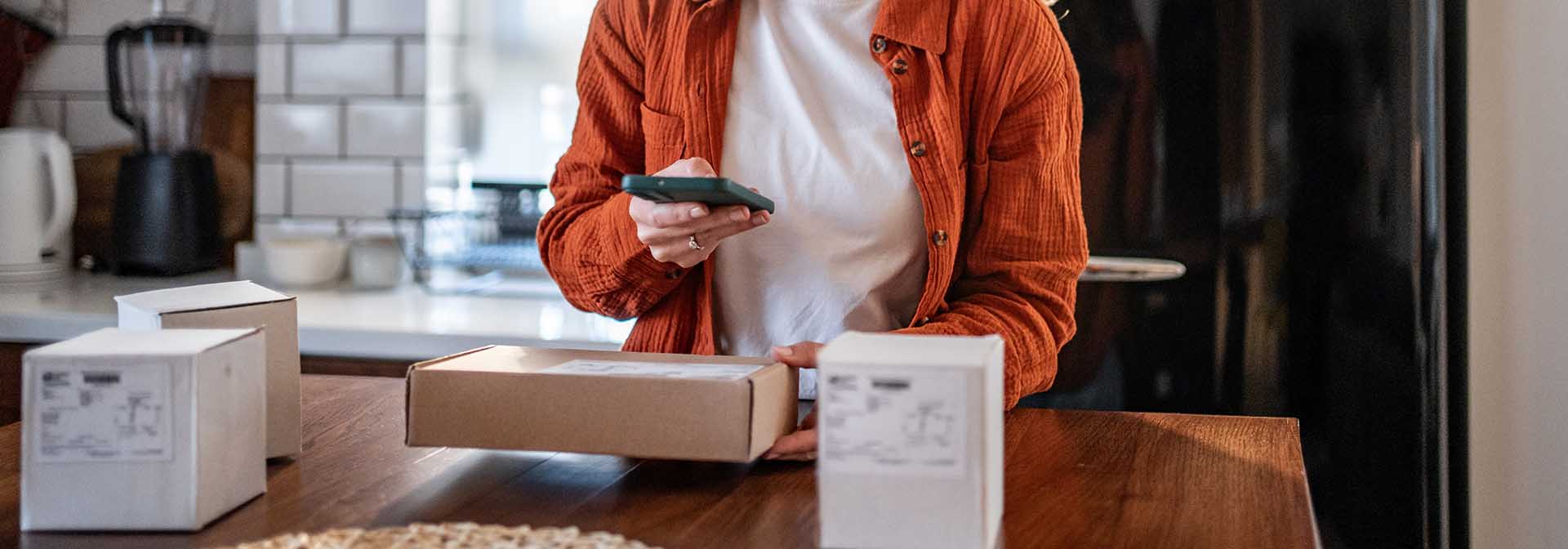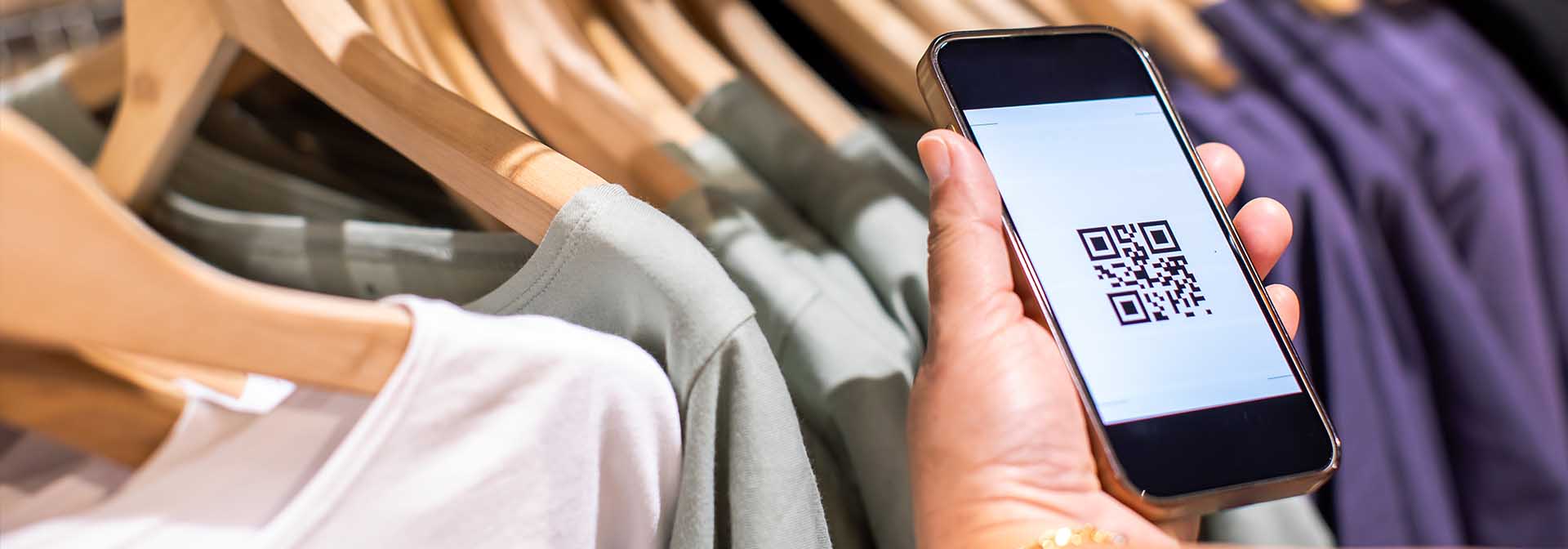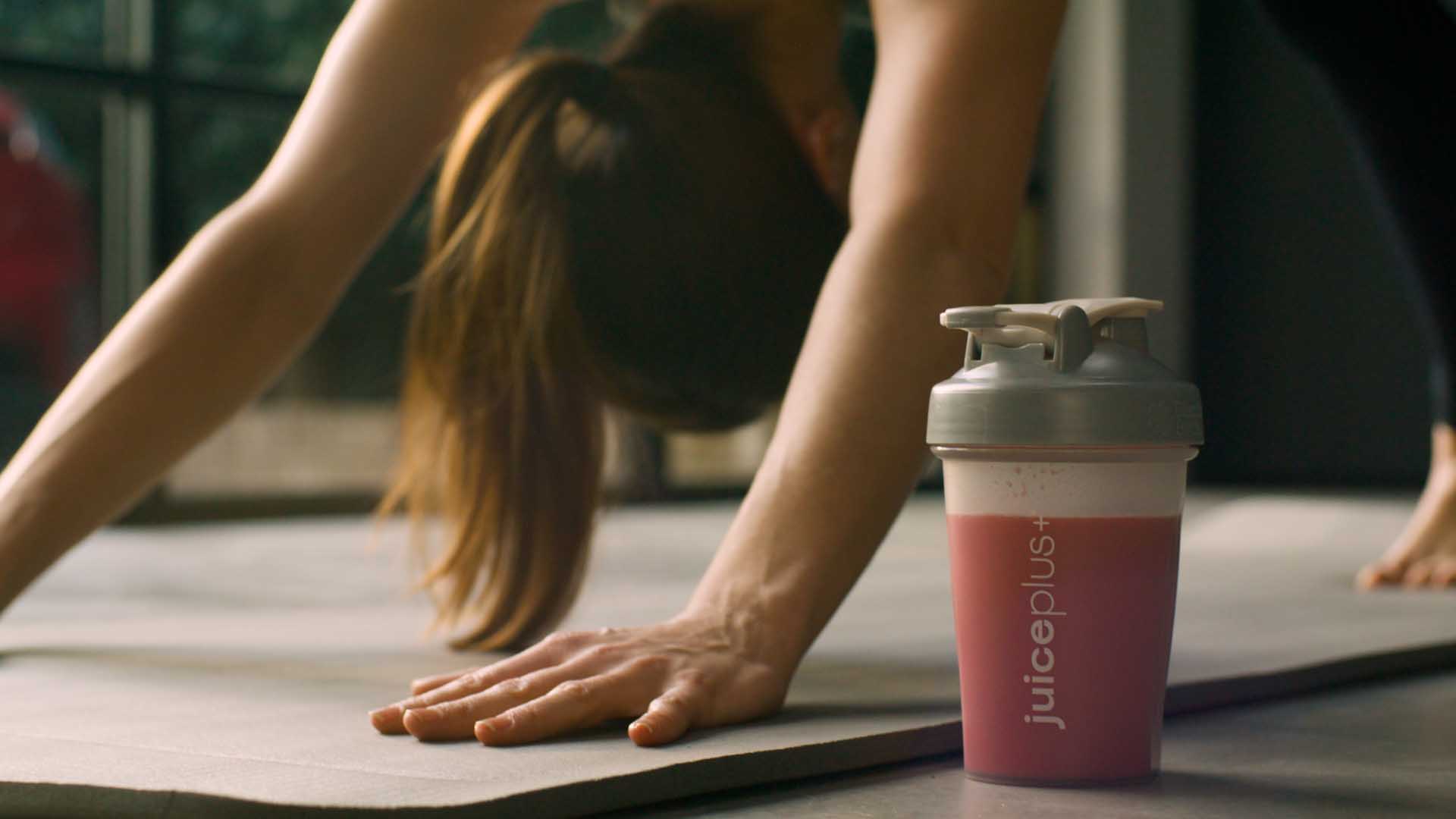
A tribute to the QR code
Intro
Not all heroes wear capes… some come as black-and-white squares.
The QR code is one of the most unassuming technologies in the modern marketing arsenal. Born out of Japanese automotive manufacturing in the 1990s, it was created as a more efficient barcode, able to hold far more data and be scanned from any angle. It was clever, ahead of its time, and, shone for a brief moment in late 2010’s and then… obscurity.
But then something happened. Something no one could have predicted, the global pandemic.
The QR Resurrection
Before 2020, QR codes were awkward, and let’s be honest, ugly. They sat silently on posters, menus, and packaging, mostly ignored. You needed a special app to read them. No one could be bothered.
But in a world where touch was suddenly taboo, and contactless became the norm, QR codes made their comeback. Smartphones got native scanning. Menus became paperless. Check-ins became scannable. The QR code, once a digital relic, became the bridge between physical space and digital action.
Fast forward to today, and that awkward square is now a default feature of modern life, especially in marketing. But what’s truly exciting is what happens when QR codes are paired with one of the most powerful tools in modern commerce, video.
In this article, we’ll explore the best practices of using QR codes to connect video marketing content to real world situations.
QR Codes In The Wild
One of the real strengths of the QR code is its adaptability. While originally designed for tracking automotive parts, today they’re used in just about every environment where physical meets digital, from retail to restaurants, product packaging to posters, screens to shipping labels.
In short, anywhere a moment of curiosity, friction, or engagement might exist, there’s room for a QR code to connect it instantly with the right piece of content.
- Digital displays like kiosks, bus stop screens, and in-store signage
- Embedded in TV adverts and YouTube pre-rolls, prompting mobile interaction
- Receipts, order confirmations, and shipping updates
- In event lanyards and badges for access or on-site info
- On clothing tags linking to styling videos or brand stories
- In physical spaces such as museums, exhibitions or showrooms
- As part of printed direct mail, brochures, or menus
- Printed packaging inserts or instruction manuals

Where Print Meets Play
QR codes have a superpower. They can take something inert, like print, and make it active. For brands and creators working with video, that’s a massive opportunity.
In the digital world, serving the right video at the right time is fairly straightforward. Algorithms can anticipate interest, retargeting can follow intent, and embedded videos can be placed exactly where buying decisions happen, whether that’s on a product page, in a cart abandonment email, or mid-scroll on Instagram.
But in the physical world, it’s a different story. You don’t get tracking pixels in a supermarket aisle. There are no autoplay reels on a train station poster. Getting the right video in front of someone, at the precise moment they’re engaging with your brand offline, is difficult, and that’s exactly the problem QR codes solve.
The beauty of QR codes and print is their ability to connect your video to the customer at exactly the right moment. This might be when they’re opening a new product and need a setup guide. It could be while they’re stood at a point of sale, comparing two options. Or it might be on the packaging itself, prompting a deeper brand story or review. You’ve just taken something static and turned it into an interactive moment of brand engagement. It’s elegant, seamless, and surprisingly underused.
As Liam Smith, Director at aura-print puts it:
“There’s something powerful about meeting the customer in the exact moment they need help or clarity. QR codes in packaging and print materials do just that, they turn the physical world into an interface, allowing brands to embed video content directly into everyday experiences. We’re only scratching the surface of what’s possible when print meets digital in this way.”
In short, QR codes bridge the gap between the online convenience of video and the unpredictability of the real world. And that opens up a lot of creative doors.
Make Your Own QR Code
An article about effective use of QR codes wouldn’t be complete without some helpful direction on where to get started. There are a lot of free QR code generators online, but from lived experienced, you should always be careful of less reputable ones. They can seize your QR codes, or restrict them until you subscribe to the platform.
For peace of mind, here are a few free, QR code generators which you can trust.
What Types of Videos Work Best?
Not every video is a natural fit for a QR code. It’s crucial to consider context. QR-linked videos need to be short, purposeful, and immediately relevant to the moment the customer is in.
Here’s what does work, and works well:
1. Quick Tutorials
The most practical and popular option. These are short, focused videos that walk a customer through the setup or first-time use of a product. Whether it’s assembling furniture, pairing a device, or applying a skincare product, a video like this makes the process feel clear and frictionless. They’re particularly useful in categories where traditional instruction manuals are often ignored, lost, or too complicated.
2. FAQ Responses
Every product comes with a set of predictable questions: “How do I charge this?”, “Is it waterproof?”, “How does sizing run?”, or “Can I use it with X?”. Embedding a QR code on the packaging or user guide that links directly to a snappy explainer video means those answers are instantly available without requiring a search. It reduces uncertainty, builds trust, and can cut down on customer support queries.
3. Product Feature Highlights
Some products aren’t complex, but they are clever. And clever often needs a little explanation. If your product has multiple functions, hidden details, or smart integrations, QR-linked videos are a brilliant way to showcase them without relying on dense packaging copy. These can be used during unboxing, in-store browsing, or even printed onto shipping inserts for digital-only purchases.
4. Safety and Compliance Content
For categories that deal with regulations, cosmetics, supplements, electronics, or children’s products, it’s vital to ensure the customer understands any usage warnings, legal disclaimers, or safety protocols. But let’s face it, no one reads the leaflet. A short, clear video linked via QR can be far more effective in making sure critical information is seen and absorbed.
5. Customer Welcome Videos
These aren’t essential, but they’re a powerful touch when used well. A quick thank-you from the founder, a video walkthrough of what to expect next, or a friendly invitation to join a loyalty programme can all create a more human connection with the customer. It’s a great way to reinforce their purchase decision and nudge them towards repeat business, reviews, or referrals.

Tips for Getting It Right
Not all QR implementations are created equal. A few practical tips:
- Size and placement matter. It needs to be visible, but not intrusive.
- Brand it. QR codes can now be styled to reflect your brand colours and logo.
- Test it. Make sure it scans easily from various devices and angles.
- Track it. Use UTM parameters or custom short links to measure engagement.
- Respect the moment. Don’t bait-and-switch. If you say “Watch how to use your product,” don’t link to a general promo reel.
And, finally…
QR codes are now a fixture of the real world. They’re in restaurants, on lampposts, in museums, and on the side of buses. But their real magic is in how they enable omnichannel experiences, especially when video is the destination.
They’re not flashy. They’re not glamorous. But they work.
For video agencies and marketers alike, QR codes offer a rare, low-cost, high-return mechanism to integrate physical products, packaging, and printed materials with the moving image. Whether you’re a skincare startup or a high-end audio brand, there’s power in giving your customer something to scan.
And let’s be honest, watching a video beats reading a manual, hands down.



